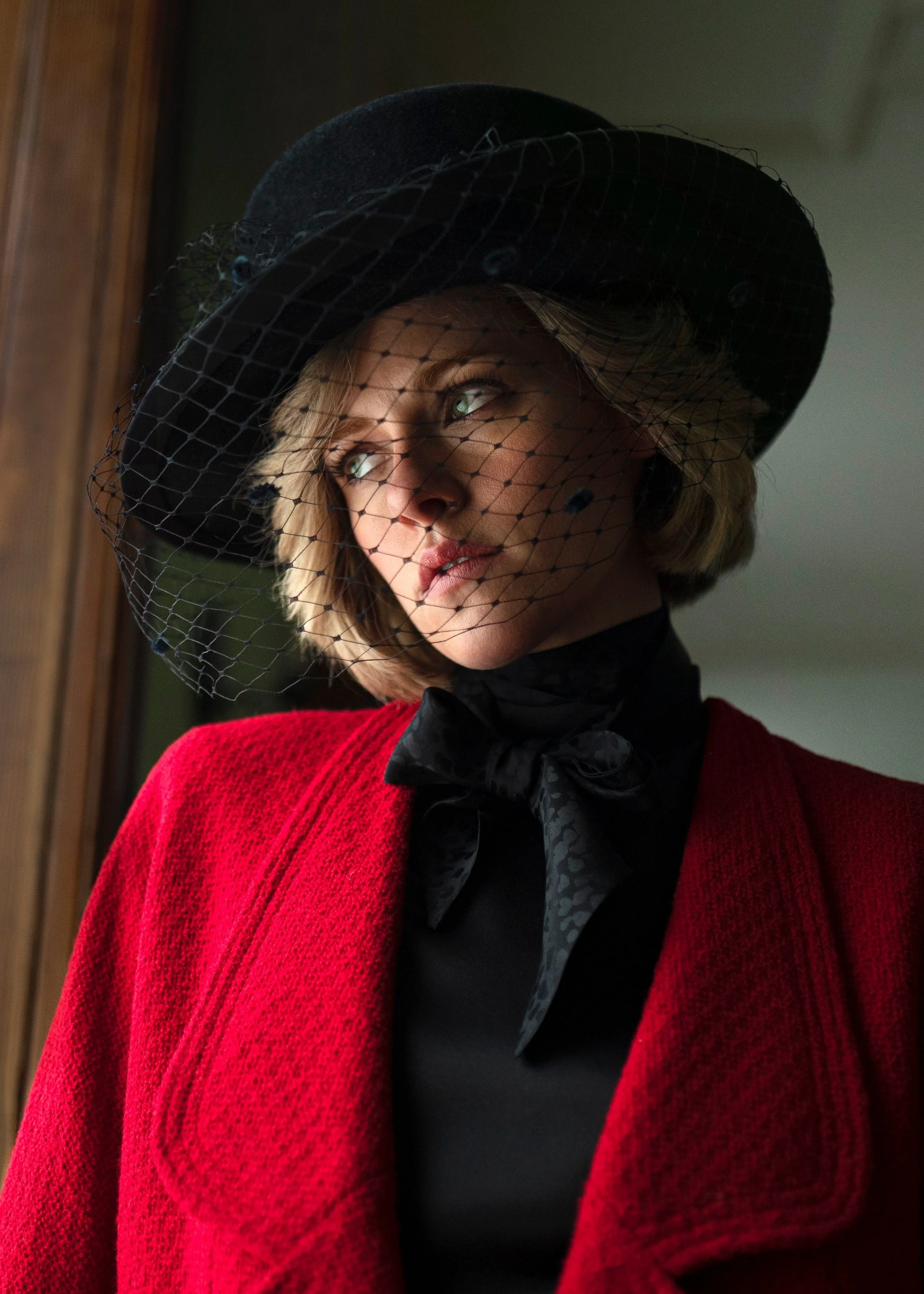As with his 2016 film, Jackie, director Pablo Larraín has crafted another emotionally charged fable centered around a powerful woman and the impossible circumstances in which she finds herself. I use the word fable to describe Spencer because that’s how the movie describes itself in its opening seconds. “A fable from a true tragedy,” are the words we see as the movie begins. It’s a clever way for Larraín and screenwriter Steven Knight to immunize themselves from charges of historical inaccuracy.
The word fable also readies Spencer’s audience for something fantastical. Larraín has made a biopic by way of psychological horror here; his picture attains an emotional truth by tying its point of view to the heavily subjective mental and emotional state of its protagonist, Diana, Princess of Wales.
Read more…
Every frame of The Shape of Water seems to live and breathe with a magic that’s only possible on screen. Whether it’s the heavily saturated and precisely chosen color scheme, or the gritty, grimy feel of every location, the movie is full to bursting with visual inventiveness. It’s also very full of ideas. This is a fable about our not so distant past, and it also has something to tell us about our present.
Set in early 1960s Baltimore, Water takes place almost exclusively in two locations. One is a top-secret government laboratory, the other is the apartment of our hero, the mute Elisa Esposito. Elisa is a janitor working the night shift at the lab. The Cold Warrior scientists and military personnel working there have a new project. It’s a creature the U.S. military discovered in a river in South America. They refer to this creature, which looks like a hybrid of amphibian and human, as “the asset.”
Read more...


